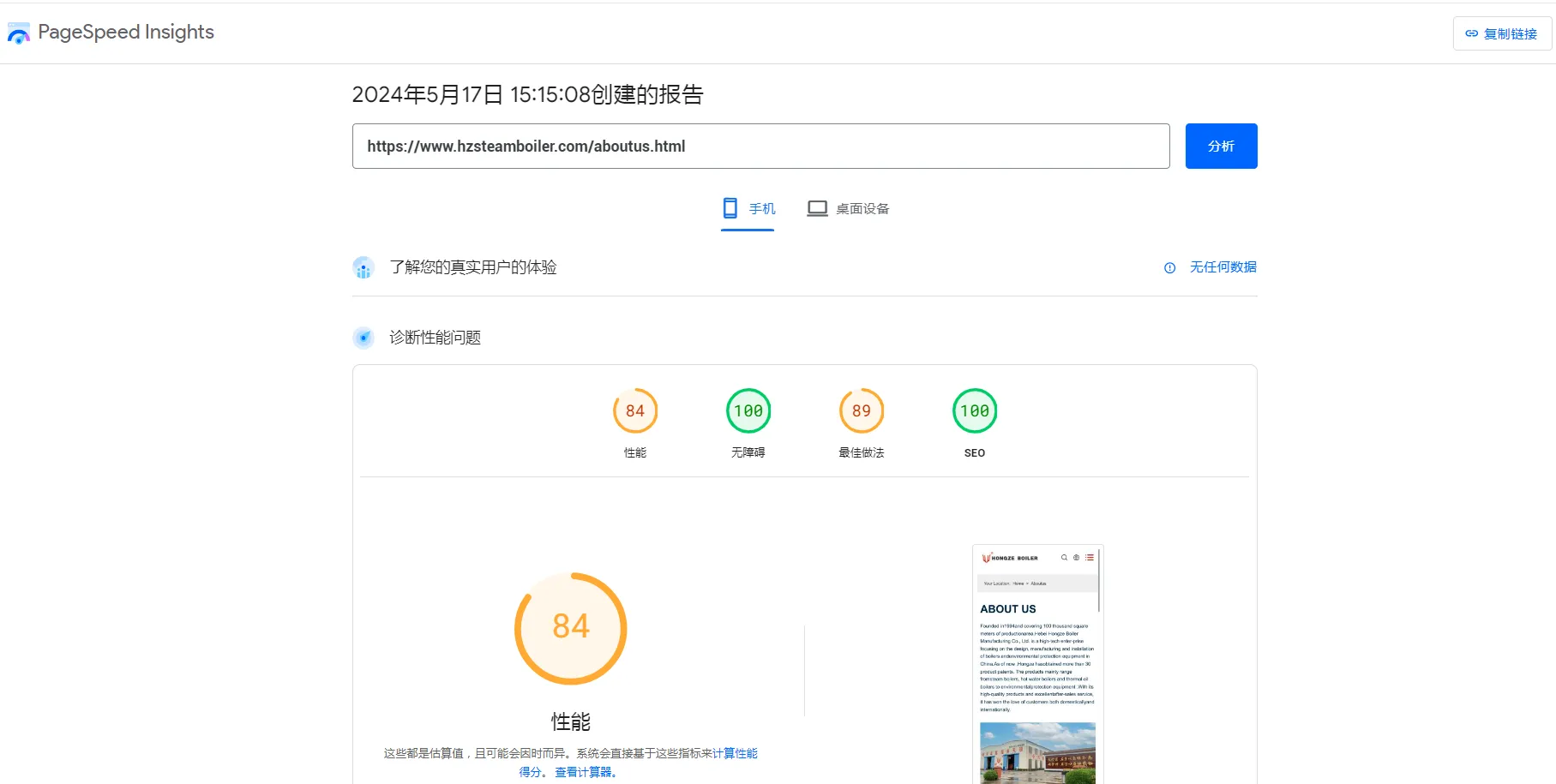-
Cangzhou Yulong Steel Co., Ltd.
-
Phone:
+86 13303177267 -
Email:
admin@ylsteelfittings.com
- English
- Arabic
- Italian
- Spanish
- Portuguese
- German
- kazakh
- Persian
- Greek
- French
- Russian
- Polish
- Thai
- Indonesian
- Vietnamese
- Zulu
- Korean
- Uzbek
- Hindi
- Serbian
- Malay
- Ukrainian
- Gujarati
- Haitian Creole
- hausa
- hawaiian
- Hebrew
- Miao
- Hungarian
- Icelandic
- igbo
- irish
- Japanese
- Javanese
- Kannada
- Khmer
- Rwandese
- Afrikaans
- Albanian
- Amharic
- Armenian
- Azerbaijani
- Basque
- Belarusian
- Bengali
- Bosnian
- Bulgarian
- Catalan
- Cebuano
- China
- China (Taiwan)
- Corsican
- Croatian
- Czech
- Danish
- Esperanto
- Estonian
- Finnish
- Frisian
- Galician
- Georgian
- Kurdish
- Kyrgyz
- Lao
- Latin
- Latvian
- Lithuanian
- Luxembourgish
- Macedonian
- Malgashi
- Malayalam
- Maltese
- Maori
- Marathi
- Mongolian
- Myanmar
- Nepali
- Norwegian
- Norwegian
- Occitan
- Pashto
- Dutch
- Punjabi
- Romanian
- Samoan
- Scottish Gaelic
- Sesotho
- Shona
- Sindhi
- Sinhala
- Slovak
- Slovenian
- Somali
- Sundanese
- Swahili
- Swedish
- Tagalog
- Tajik
- Tamil
- Tatar
- Telugu
- Turkish
- Turkmen
- Urdu
- Uighur
- Welsh
- Bantu
- Yiddish
- Yoruba

Jul . 11, 2024 08:12 Back to list
Seamless vs welded pipes a comparison of manufacturing processes and applications
Seamless and welded pipes are two common types of pipes used in various industries, including the oil and gas, petrochemical, and water treatment industries. Each type of pipe has its own advantages and disadvantages, and understanding the differences between them is crucial for selecting the right type for a specific application.
First, let's discuss seamless pipes. Seamless pipes are manufactured by extruding the metal to the desired length and diameter. This process ensures a uniform structure and consistent thickness throughout the pipe, making seamless pipes stronger and more reliable than welded pipes. Seamless pipes are also less prone to cracking, corrosion, and leaks, making them ideal for high-pressure and high-temperature applications.
On the other hand, welded pipes are manufactured by welding metal plates together to form a pipe. While welded pipes are generally less expensive to produce than seamless pipes, they are also more susceptible to defects such as weld cracks, porosity, and corrosion. Welded pipes are typically used in applications where the cost is a significant factor, and the specifications do not require the superior strength and reliability of seamless pipes.
In terms of availability, seamless pipes are usually more readily available in a wider range of sizes and grades than welded pipes

seamless and welded pipe. This is because seamless pipes can be produced in smaller quantities and customized to meet specific requirements, while welded pipes are often mass-produced in standardized sizes and grades. However, the lead time for seamless pipes can be longer due to the more complex manufacturing process, which may not be suitable for projects with tight deadlines. When it comes to installation and maintenance, welded pipes are generally easier to work with than seamless pipes. Welded pipes can be easily cut, bent, and welded into place, while seamless pipes may require specialized equipment and techniques for installation. Additionally, welded pipes are easier to inspect for defects and repair if necessary, making them a more cost-effective option in the long run. In conclusion, both seamless and welded pipes have their own unique advantages and disadvantages, and the choice between the two depends on the specific requirements of the project. Seamless pipes offer superior strength and reliability, making them ideal for high-pressure and high-temperature applications, while welded pipes are more cost-effective and easier to work with for projects with budget constraints. Ultimately, the decision to use seamless or welded pipes should be based on a thorough assessment of the project requirements, budget, and timeline.

seamless and welded pipe. This is because seamless pipes can be produced in smaller quantities and customized to meet specific requirements, while welded pipes are often mass-produced in standardized sizes and grades. However, the lead time for seamless pipes can be longer due to the more complex manufacturing process, which may not be suitable for projects with tight deadlines. When it comes to installation and maintenance, welded pipes are generally easier to work with than seamless pipes. Welded pipes can be easily cut, bent, and welded into place, while seamless pipes may require specialized equipment and techniques for installation. Additionally, welded pipes are easier to inspect for defects and repair if necessary, making them a more cost-effective option in the long run. In conclusion, both seamless and welded pipes have their own unique advantages and disadvantages, and the choice between the two depends on the specific requirements of the project. Seamless pipes offer superior strength and reliability, making them ideal for high-pressure and high-temperature applications, while welded pipes are more cost-effective and easier to work with for projects with budget constraints. Ultimately, the decision to use seamless or welded pipes should be based on a thorough assessment of the project requirements, budget, and timeline.
Latest news
-
ANSI 150P SS304 SO FLANGE
NewsFeb.14,2025
-
ASTM A333GR6 STEEL PIPE
NewsJan.20,2025
-
ANSI B16.5 WELDING NECK FLANGE
NewsJan.15,2026
-
ANSI B16.5 SLIP-ON FLANGE
NewsApr.19,2024
-
SABS 1123 FLANGE
NewsJan.15,2025
-
DIN86044 PLATE FLANGE
NewsApr.19,2024
-
DIN2527 BLIND FLANGE
NewsApr.12,2024
-
JIS B2311 Butt-Welding Fittings LR/SR 45°/90° /180°Seamless/Weld
NewsApr.23,2024











